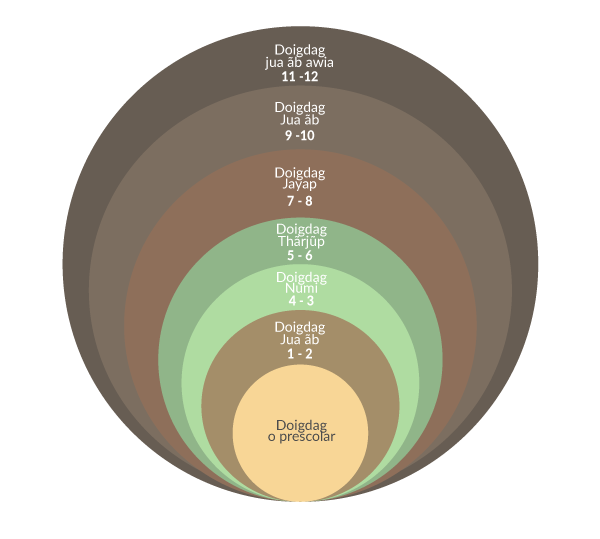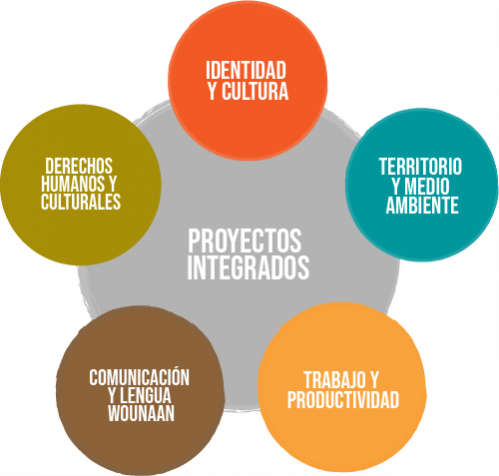Vinegar can be safely used inside a washing machine to remove dirt, grime, and buildup from the interior of the machine. When using vinegar inside a washing machine, it is important to use white distilled vinegar in the appropriate amount.
When adding vinegar, use one cup of white distilled vinegar for a top-loading washer or half a cup for a front loader. The water should be filled to its highest setting and then the washer should be set on its hottest cycle so that the vinegar runs through all components of the machine.women’s human hair wigs
nflshop
wig sale
adidas running shoes
nfl jerseys
sex toys for men
cheap nike air max
custom jerseys
adidas ultraboost shoes
buffalo bills Jerseys
custom basketball jersey
The best way to prevent buildups in your washing machine is by regularly cleaning it with white distilled vinegar. This is especially true if you do not live in an area with hard water since mineral deposits can accumulate quickly in washing machines after frequent cycles are washed.
Cleaning your washing machine with one cup of white distilled vinegar at least once per month will ensure that any debris and buildup accumulated is dissolved and removed from your washer’s interior. Vinegar can also help reduce soap scum that may have built up on surfaces over time due to being exposed to excess suds or detergent residue during wash cycles. Regular cleaning of your washer with vinegar will keep it smelling fresh and will help extend the life of your appliance as well as provide more effective cleaning results overall.
Introduction: Benefits of using vinegar instead of store-bought detergent
When it comes to laundry, most people reach for a store-bought detergent. But did you know that using vinegar as an alternative to conventional washing detergents can be highly beneficial? Vinegar is a much more economical and environmentally-friendly option compared to store-bought detergents.
Not only is it cheaper than other options – it’s also safer on clothing and washes away residue more easily. Additionally, because vinegar works as an antiseptic, it helps to kill bacteria and germs without having harsh chemical implications for our bodies or the environment. With vinegar, there are no hidden chemicals or toxins entering our waterways.
And when you combine vinegar with baking soda in your washing machine, you can create a powerful cleaning combination that is sure to leave your clothes looking and smelling fresh!
Safety Concerns When Using Vinegar in a Washing Machine
Before putting vinegar inside your washing machine, you have to make sure that you are aware of the how long does it take for seresto to work on cats safety concerns. Vinegar is acidic and can cause damage to the internal parts of your washing machine. It should never be used on plastic parts or elements.
Additionally, avoid pouring vinegar directly onto dirty clothes as it can stain them permanently. Instead, add it either directly into the detergent drawer or mix it with water and then add it in.
You may also want to check your washing machine’s manual before using vinegar because some models are not compatible with cleaning solutions such as vinegar and bleach. Finally, make sure that you reduce the concentration of diluted vinegar when using it in a front-loading washer because too much acidity could damage its rubber seals.
What Type of Vinegar to Use?
The type of vinegar you use in your washing machine is important. You should never put white vinegar into a washing machine, as it has an extremely high acidity and can damage some components of the machine. Instead, you should use distilled or apple cider vinegar.
Distilled types have a lower acidity level than white vinegar, making them safer to use in a washing machine. Just be sure to check if your model allows for diluted vinegar as this could still cause corrosion. Apple cider vinegar also provides numerous benefits and can help to remove limescale from inside the machine, but be aware that not all machines permit using this type of vinegar.
In addition to selecting the right kind of vinegar for your washing machine, you’ll also want to pay attention to how much you are using each time. Depending on how hard the water is in your area and how dirty the clothes are, it’s usually recommended to mix one-part vinegar with two-parts water when pouring into your washer drum prior to beginning a cycle.
Step-by-step Instructions for Using Vinegar in a Washing Machine
Using vinegar in a washing machine is an easy, wallet-friendly way to clean and freshen your laundry. Here are the step-by-step instructions for using vinegar in a washing machine:
1. Start by filling your washing machine with hot water.
2. Add about two cups of white distilled vinegar to the hot water and then let the mixture sit for about 10 minutes.
3. Once the mixture has been allowed to sit, you can start running a regular cycle on your washing machine, like normal.
4. After the wash cycle has completed, add another two cups of white distilled vinegar to your rinse cycle. This will help ensure any remaining residues are removed from your clothes and they remain fresh and soft.
5. Lastly, make sure to run one last regular spin cycle without adding any more vinegar or soap, as this will help completely remove all excess residue from your clothing!
Tips & Tricks for Getting the Most out of Your Vinegar Wash Cycle
Yes, you can put vinegar inside your washing machine and use it to clean your laundry. Vinegar is a natural cleaner that does an amazing job of removing dirt, stains, bacteria and more. It’s also surprisingly inexpensive and easy to use.
There are some tips and tricks that will help you get the most out of your vinegar wash cycle:
-Run a hot water cycle first in order to loosen up any stubborn dirt or stains.
-Add 1 cup of white or apple cider vinegar per load and select the hottest water setting on your washing machine.
-If you’re using a front load washer, add the vinegar to the fabric softener tray instead of directly into the drum.
-Let the wash cycle run for at least 15 minutes, then add your detergent before allowing it to finish its full cycle.
-Make sure you spread small items like socks out evenly in order for them to be washed properly. Similarly for larger items like bed sheets or towels, fold them in half and place them far apart from each other inside the drum so they won’t bunch together during the spin cycle (this will create uneven wear).
-Finally, don’t forget to put an extra rinse after your laundry is done if you have hard water – this will help remove excess soap residue as well as any left over vinegar smell.





